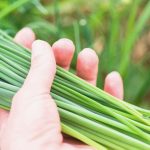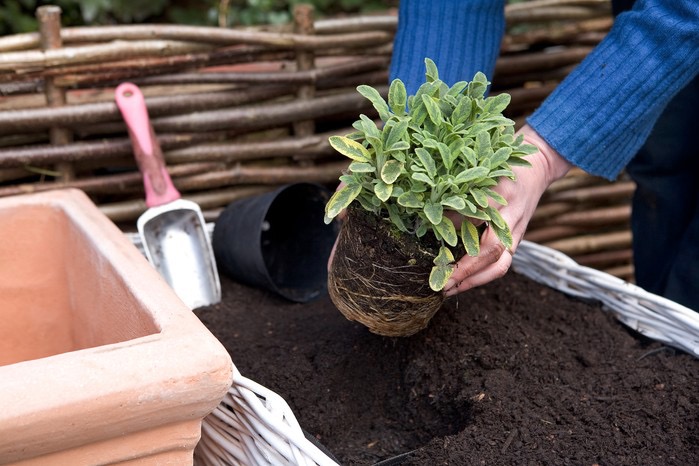

Found this useful?
Please share it.
Growing sage is a relatively easy process, and it’s a versatile herb that can be used in cooking and for its aromatic qualities. Here are the steps to grow sage:
By following these guidelines, you can enjoy a healthy sage plant that not only enhances your cooking but also adds to the aesthetic of your garden.
Great tips, articles, product information and more. Working towards a greater state of holistic health.